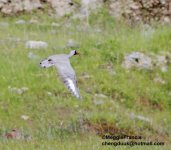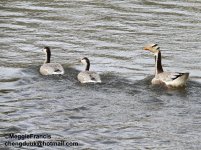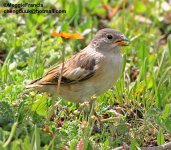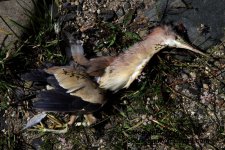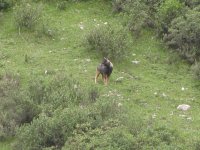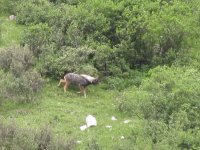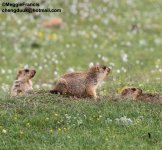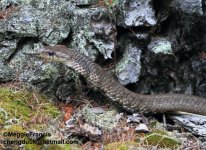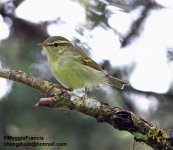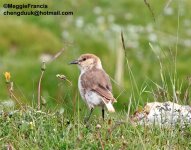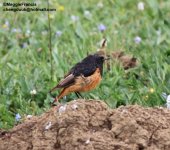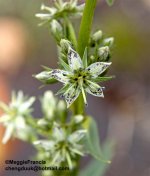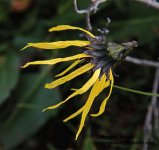china guy
A taff living in Sichuan
One of the destinations we got to in early August was Litang Grasslands. This is an area of high 4000m grassland close to the present day border of Tibet.
Litang town is famous for its horse racing festival - but an anti-government demo in 2007 means that these have been since been closed. However this news seems to be hidden, and tours of the area still advertise the now non-existant horse event. During our visit their were many foreigners looking for the race-track - they must have been a little disappointed to say the least!!!!
In such situations its good to be a birder, since we can divert our energies out onto the grasslands and go after all the useful species that are found in this area. This is another good site to get sought after ticks like Chinese Grey Shrike, Hume's Groundpecker and Tibetan Lark. One of the interesting birds of the river is Ibisbill. We mainly found this bird in areas that had been dredged for stone and shingle to be used for cement and building purposes - maybe, like Little Ringed Plover back home, a species that can benefit from gravel extraction.
The fist picture shows one of our Litang Ibisbill.
That second pic is another species we found on the river - a Bar-headed Goose family - doing some fast-web work while swimming away from the camera.
Tibetan Snowfinch is common in this area - this is a bird without the black chin patch - many birds adult and imm. were not showing this feature.
An odd species to find a 4000m - a Yellow Bittern - which had recently become roadkill.
An finally the watchers - Himalayan Marmot - you're never alone on the grasslands!!!!!!!
PS - that last pic also indicates how the grasslands are full of flowers during the summer months.
Litang town is famous for its horse racing festival - but an anti-government demo in 2007 means that these have been since been closed. However this news seems to be hidden, and tours of the area still advertise the now non-existant horse event. During our visit their were many foreigners looking for the race-track - they must have been a little disappointed to say the least!!!!
In such situations its good to be a birder, since we can divert our energies out onto the grasslands and go after all the useful species that are found in this area. This is another good site to get sought after ticks like Chinese Grey Shrike, Hume's Groundpecker and Tibetan Lark. One of the interesting birds of the river is Ibisbill. We mainly found this bird in areas that had been dredged for stone and shingle to be used for cement and building purposes - maybe, like Little Ringed Plover back home, a species that can benefit from gravel extraction.
The fist picture shows one of our Litang Ibisbill.
That second pic is another species we found on the river - a Bar-headed Goose family - doing some fast-web work while swimming away from the camera.
Tibetan Snowfinch is common in this area - this is a bird without the black chin patch - many birds adult and imm. were not showing this feature.
An odd species to find a 4000m - a Yellow Bittern - which had recently become roadkill.
An finally the watchers - Himalayan Marmot - you're never alone on the grasslands!!!!!!!
PS - that last pic also indicates how the grasslands are full of flowers during the summer months.
Attachments
Last edited:




